Here’s a simple explanation of the difference between the 3 main types of soy sauce (light, dark and normal). The 3 golden rules to remember are:
You can interchange light soy sauce and all purpose soy sauce in recipes;
If a recipe just says “soy sauce”, use an all purpose soy sauce OR light soy sauce; and
NEVER use dark soy sauce unless a recipe specifically calls for it. It is overpoweringly strong.
Also see Asian market shopping list.
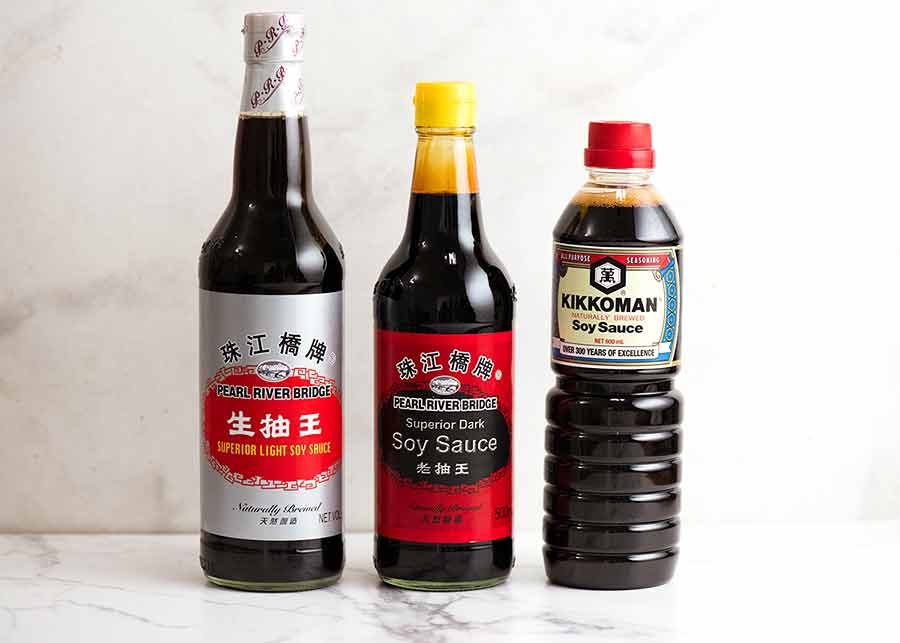
Soy Sauce – 3 main types
The mains types of soy sauce are:
Light soy sauce
Dark soy sauce
Soy sauce (all purpose, “normal” or “standard” soy sauce”) – when bottles are simply labelled “soy sauce”. Not light, dark, sweet, mushroom or any other type of soy sauce. I’m going to refer to this as “all purpose soy sauce” in this post, to avoid confusion.
You can interchange light soy sauce and all purpose soy sauce in recipes. But you must NEVER use dark soy sauce unless a recipe calls for it – it is very strong and will overpower the dish!
Difference between each type of soy sauce
Here’s the main difference between each of them:
Light soy sauce (7.2% sodium) – adds salt to a dish but doesn’t stain noodles a deep mahogany colour nor does it add much “soy flavour”
Dark soy sauce (9.3% sodium) – must more intense in flavour and saltiness, noodles become a lovely dark colour
All purpose soy sauce (7% sodium) – pretty much light sauce but slightly more soy flavour. It won’t stain noodles with colour.
Sodium percentages is the salt % in each type of soy sauce, and is an indication only as they differ between brands. The main takeaway here is that dark soy is saltier than light and all purpose.

Soy Sauce Trivia! Though dark soy sauce has more salt it in that light soy sauce, light soy sauce tastes saltier. This is because dark soy sauce has a much stronger soy flavour which overpowers the salty flavour.
What this means – many recipes call for a combination of dark soy sauce and light sauce to get the right balance of flavour, colour and saltiness. If you only use dark soy sauce, the sauce flavour is way too strong. If you just use light soy sauce, the sauce will be salty, but not very flavourful. So I use dark soy sauce to colour sauces/noodles and for flavour, then top up the saltiness using light soy sauce which adds saltiness, a little bit of flavour, and not much colour.
When to use which soy sauce
Dark soy sauce is used for colour and flavour – it adds a terrific mahogany stain to anything it comes in contact with, from the Lo Mein noodles pictured above to the dark, spicy Sichuan sauce of Kung Pao Chicken, Thai Basil Chicken and Pad See Ew (Thai Stir Fried Noodles).
Light and all purpose soy sauce is used when you want to add soy sauce seasoning (salt) to dishes without overwhelming it with strong soy flavour or making the dish a dark colour. So it’s a deliberate choice for recipes like Chow Mein (pictured above), adding flavour into clear Chinese soup broths (like this Chinese noodle soup), keeping the rice colour white(ish) for Fried Rice, or when you want a clear sauce for stir fries like Chop Suey (Chicken Stir Fry) or Cashew Chicken.
Combination of dark and soy is used to create a balance of flavour, salt and colour. You add a bit of dark soy for the flavour and colour, then use light soy to add more saltiness to a dish without overwhelming it with soy flavour. Examples: San Choy Bow (Chinese Lettuce Wraps), Hot and Sour Soup, Thai Drunken Noodles.
Dipping sauce – use light or all purpose soy sauce. Do not use dark soy sauce – too strong! Things to dip:
Salad dressings – light or all purpose soy sauce. It would be very unusual to use dark soy sauce. Asian salads to try:

Soy Sauce is NOT gluten-free
Contrary to popular belief, most soy sauces are NOT gluten-free. This is because most are made partially from wheat. The good news is however that gluten-free options are available.
Tamari – This is a rich kind of Japanese soy sauce that is traditionally made exclusively from soy beans. Some brands may still include a small amount of wheat however, so always check the label.
Gluten-free soy sauce – Specially formulated for gluten-intolerant consumers, this type of soy sauce is widely available at everyday grocery stores. Major brands like Kikkoman and Lee Kum Kee all offer gluten-free soy sauces.
Other types of soy sauce varieties
Other types of soy sauce varieties that aren’t as commonly used in my recipes include:
Kecap Manis – This is a sweet Indonesian soy sauce that has a syrupy constancy. Adds sweetness, stains with colour and adds soy flavour. Used in the following recipes:
Mushroom soy sauce – It’s like all purpose soy sauce with the addition of earthy mushroom flavour. It’s actually a good substitute for dark soy sauce because it has more flavour than light and all purpose soy sauce.
Tamari – As mentioned above, this is a special kind of Japanese soy that also happens to be gluten-free. This soy sauce is rich, dark, and slightly thicker than light or dark soy. It’s used for cooking but is also great for dipping, especially sashimi.
And there you have it! My soy sauce crash course which I’m sharing to accompany my “What to buy from Asian Grocery Stores Guide”. (6 sauces = 45+ recipes!)
Hope you find it useful! – Nagi x
Life of Dozer
No recipes doesn’t mean no Dozer!! He smells of strawberry right now, from my shampoo (he was out of his own!)



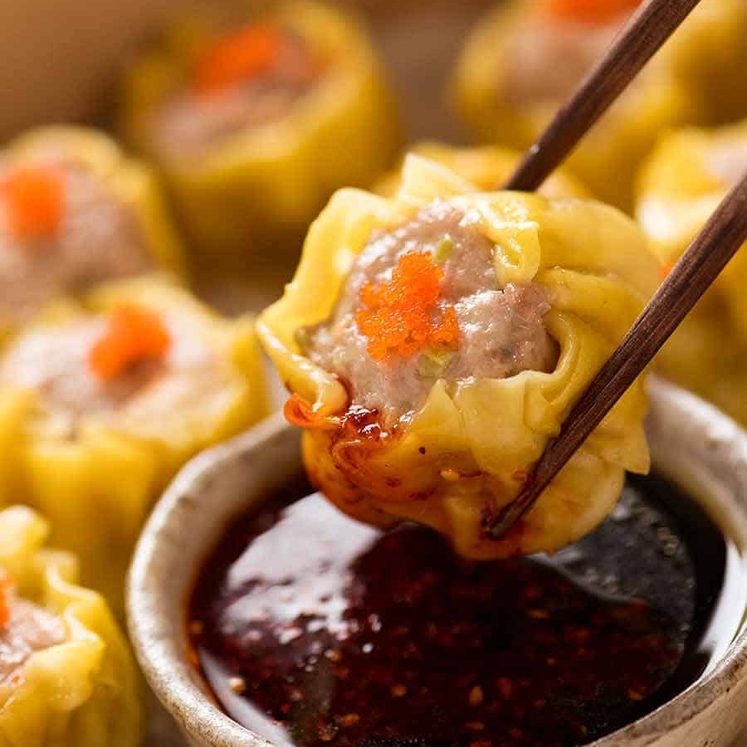
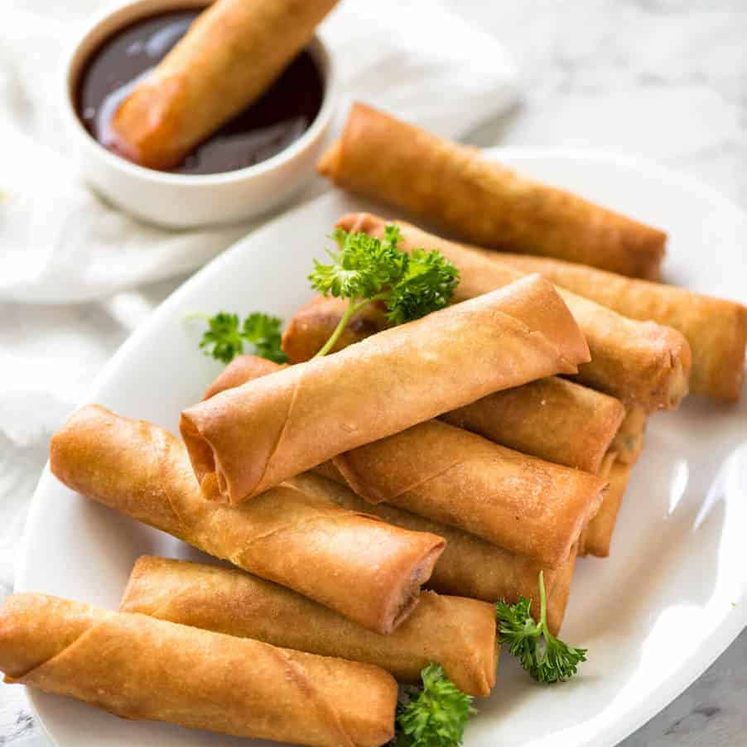
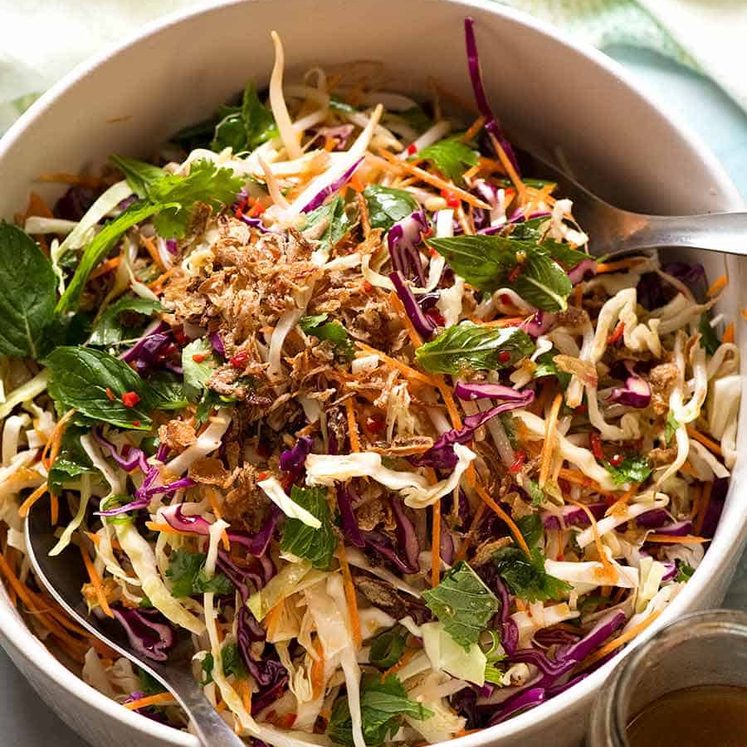
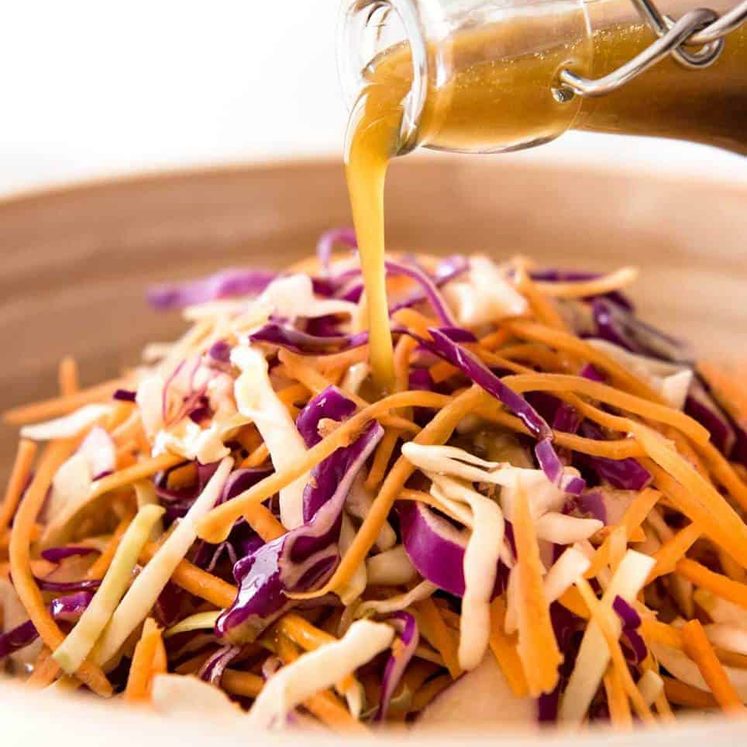
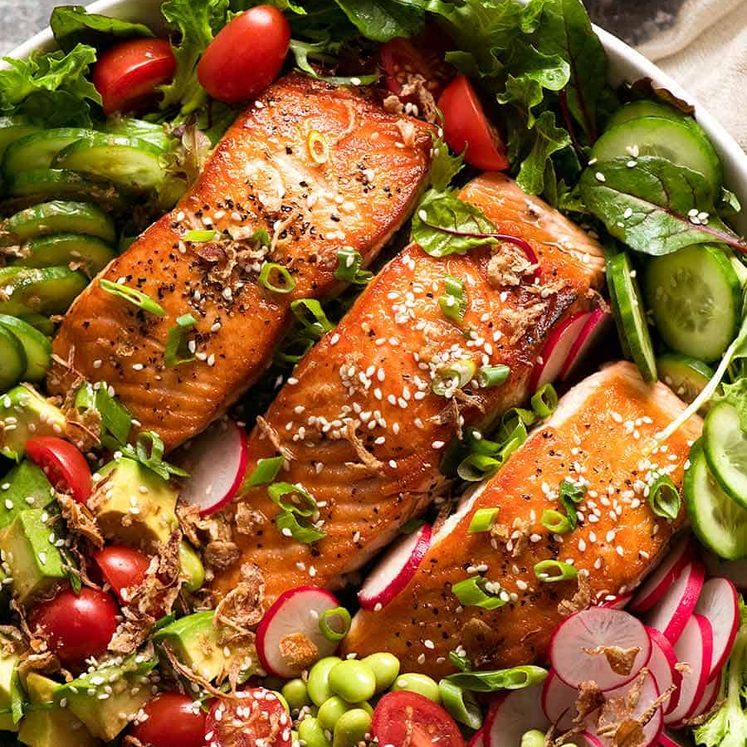


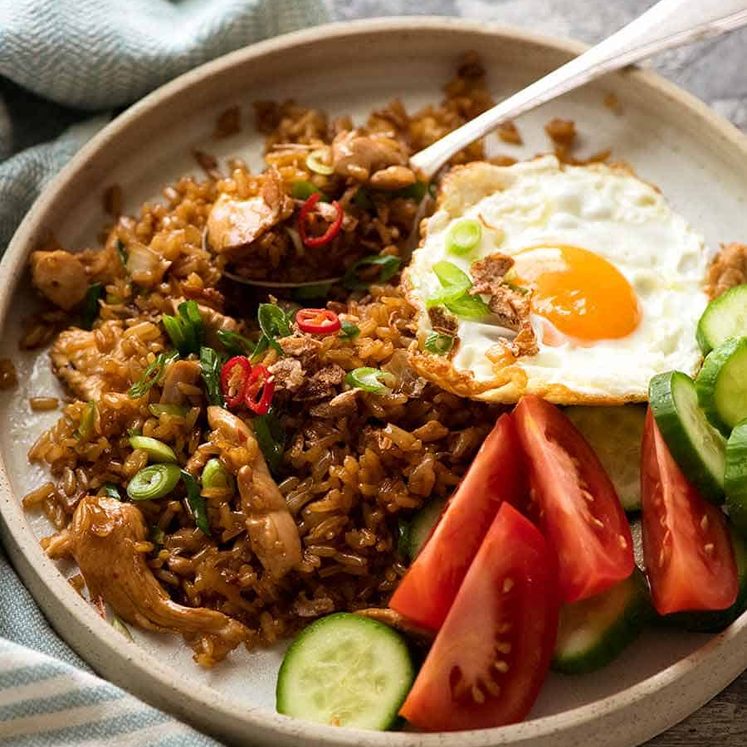


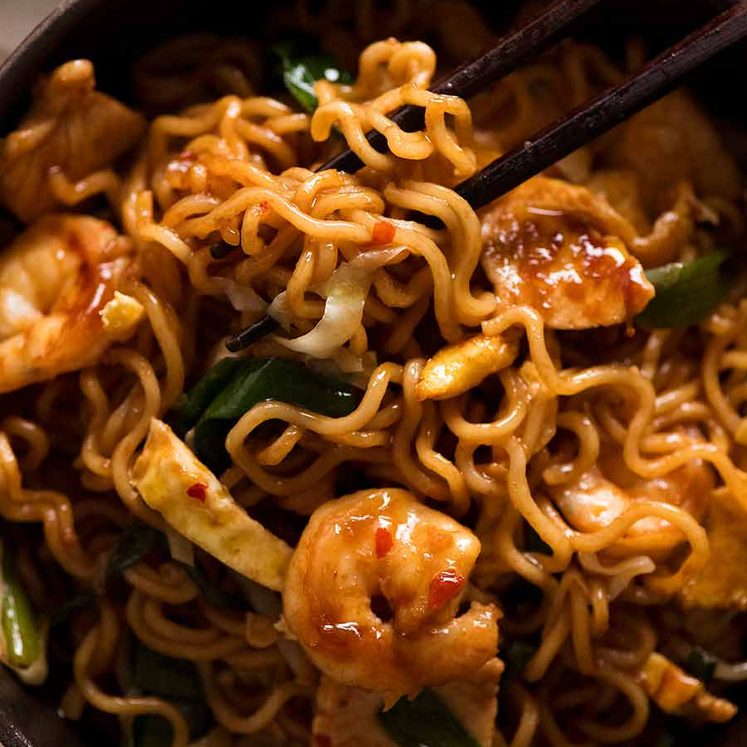
What a good sport you are Nagi! I humbly requested an article on the various soy sauces and you delivered! Plus you went even further with today’s asian store shopping list. That is really useful. Thank you so much
I’m so glad it’s helpful Chris – I love hearing this! N x
I am a huge fan of Kecap Manis since I discovered it, and often use it to add a complex sweet savouriness to stews/ragus etc when they are lacking depth of flavour. They do not end up tasting Asian, just more rich.
Yes definitely Kate!! N x